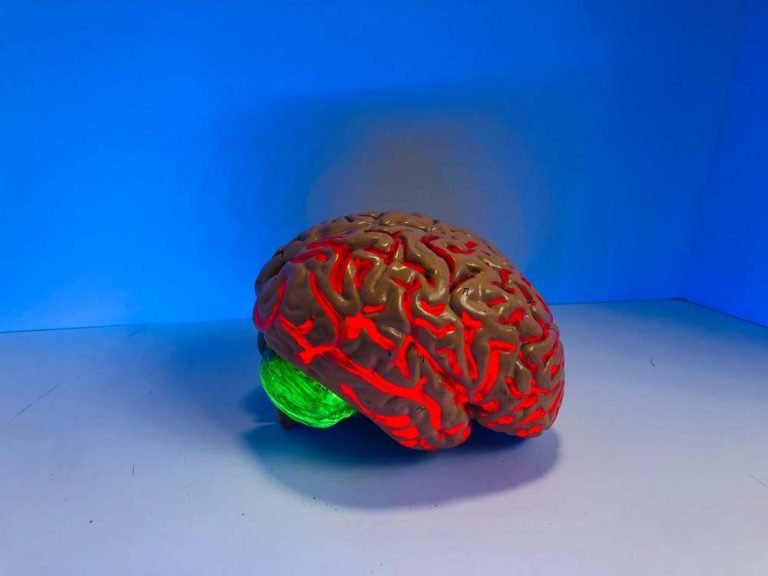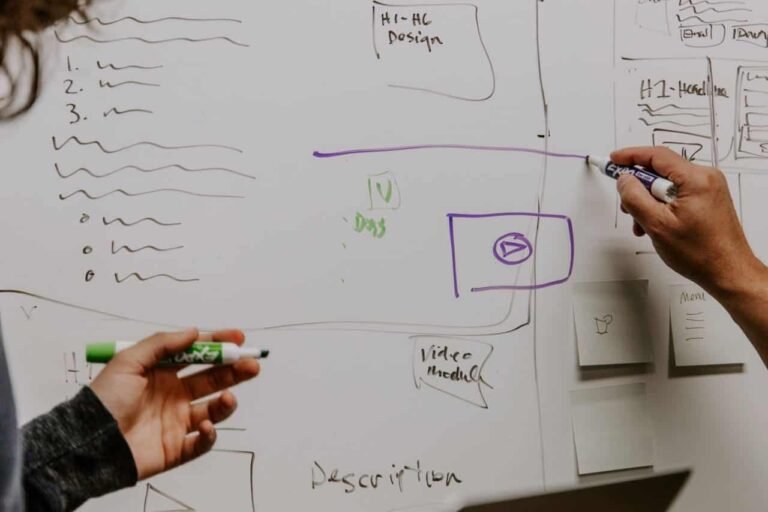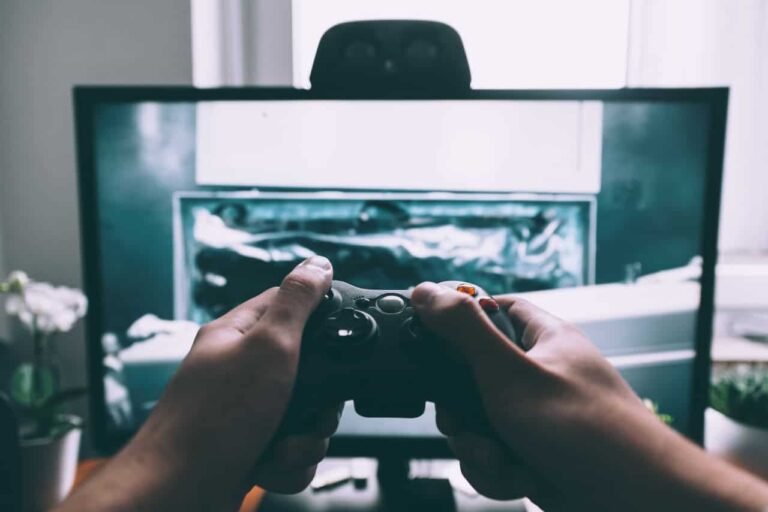Want to work and perform with greater ease? Why knowing your biceps from your triceps could hold the key
In everyday life, we perform simple movements such as lifting a coffee cup without much thought. However, understanding the muscular actions behind such seemingly simple tasks could help us in other aspects of work and life.
Having a coffee
To get more of a picture, let’s first look at what happens when we lift that coffee cup.
- Our biceps (the ‘agonists’) contract as our triceps (the ‘antagonists’) relax. This combination has the effect of lifting our forearm – the opposite combination lowers the forearm.
- However, if we try and contract both biceps and triceps at the same time, that starts to lock the upper arm, making it difficult to lift the forearm with the same ease.
So, we need the biceps and triceps to work together effectively to make lifting easier. This so called ‘antagonistic’ pair of muscles don’t perform as well if they try and compete with one another.
By analogy, those performing manual work need to understand the working of the body’s antagonistic muscles (of which there are several sets), to make lighter work of heavy, demanding tasks. Similarly, for musicians, dancers and sportsmen, really getting to know how muscles work and respond is critical to achieve greater poise, increase stamina and avoid injury.
Muscles and thinking
However, understanding the workings of antagonistic muscles has a far wider application than just ‘physical’ actions. Understanding the effect of ‘antagonistic pairs’ can also help us to create clearer thought processes and to work more effectively with others. Let’s explore this a little further.
By way of example, let’s take trying to think of a response to a difficult question in a limited timeframe. Focussing on trying to find ‘the right answer’ or ‘a solution’ whilst at the same time not having a real grasp of the relevant facts and relevant background, can lead to the ‘muscles of the mind’ working harder and contracting more, as they search for a solution.
However, without having that real grasp, finding an appropriate response becomes more and more difficult, because as our ‘brain muscles’ tighten, it results in stress on our bodies, with a corresponding contraction, or tightening of our muscles, in particular in our necks and shoulders.
Thinking in balance
Similarly, when working with others, it’s important to be aware of who is performing the role of agonist or antagonist, and when. If everyone contracts and ‘agonises’ at the same time, the result can be a lot of white noise with nothing constructive being achieved. Just as when the biceps and triceps contract together at the same time the forearm is difficult to move, in group situations, inertia can result if everyone tries to input their thoughts at the same time, or nobody really listens. At the other extreme, if everyone acts as an antagonist, everyone may be too relaxed to achieve anything! Therefore, some sort of balance needs to be achieved to move things forward and gain any momentum at work.
So, maintaining an understanding of how our muscles function isn’t only important from a physical health perspective. It can also provide us with an awareness that identifies when we are placing unnecessary pressure on our minds and thought processes, which can then open up the path to clearer and more effective thinking and reduce unnecessary stress on our bodies. It can also provide us with a crucial insight of how to work with others and an awareness of when we might need to stop and take a step back if we are struggling to achieve mutually agreeable solutions, or to move new ideas forward.








